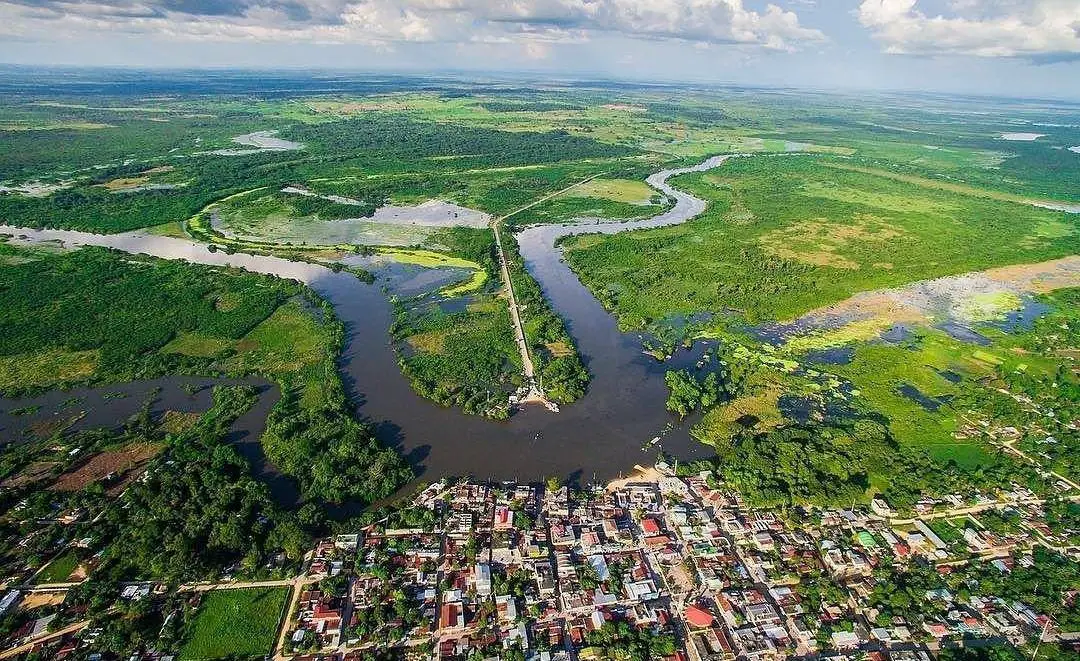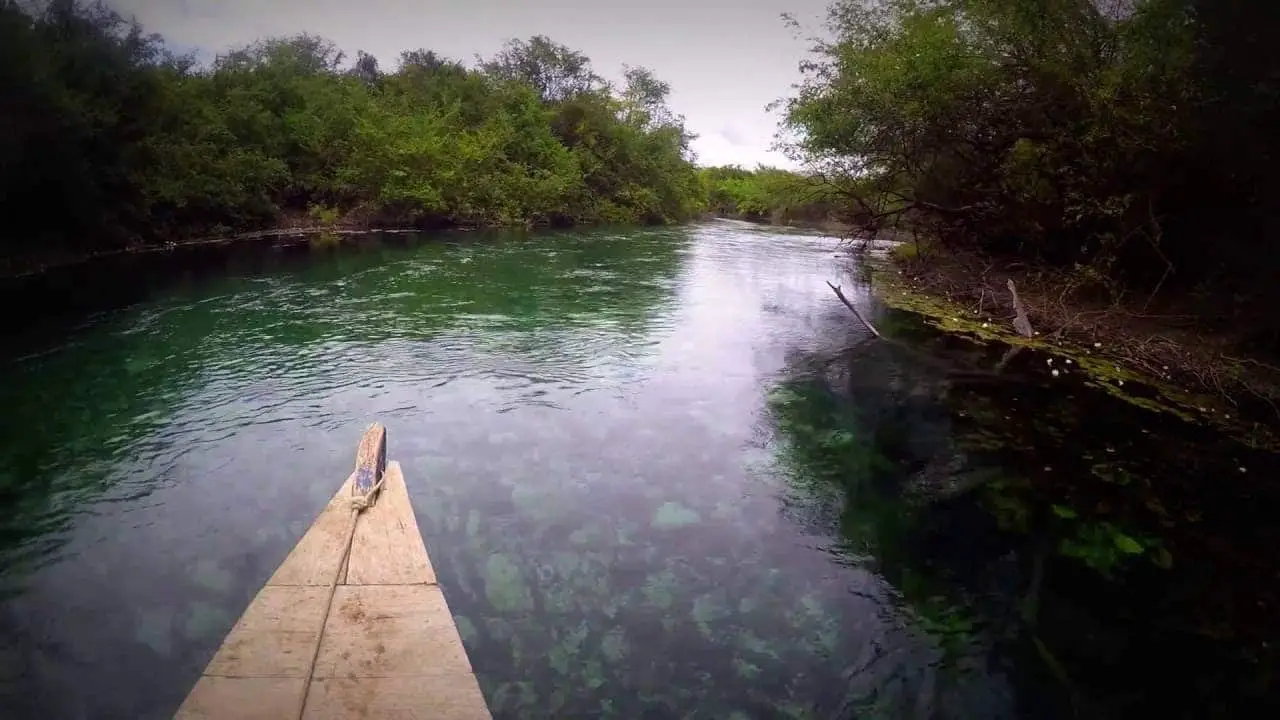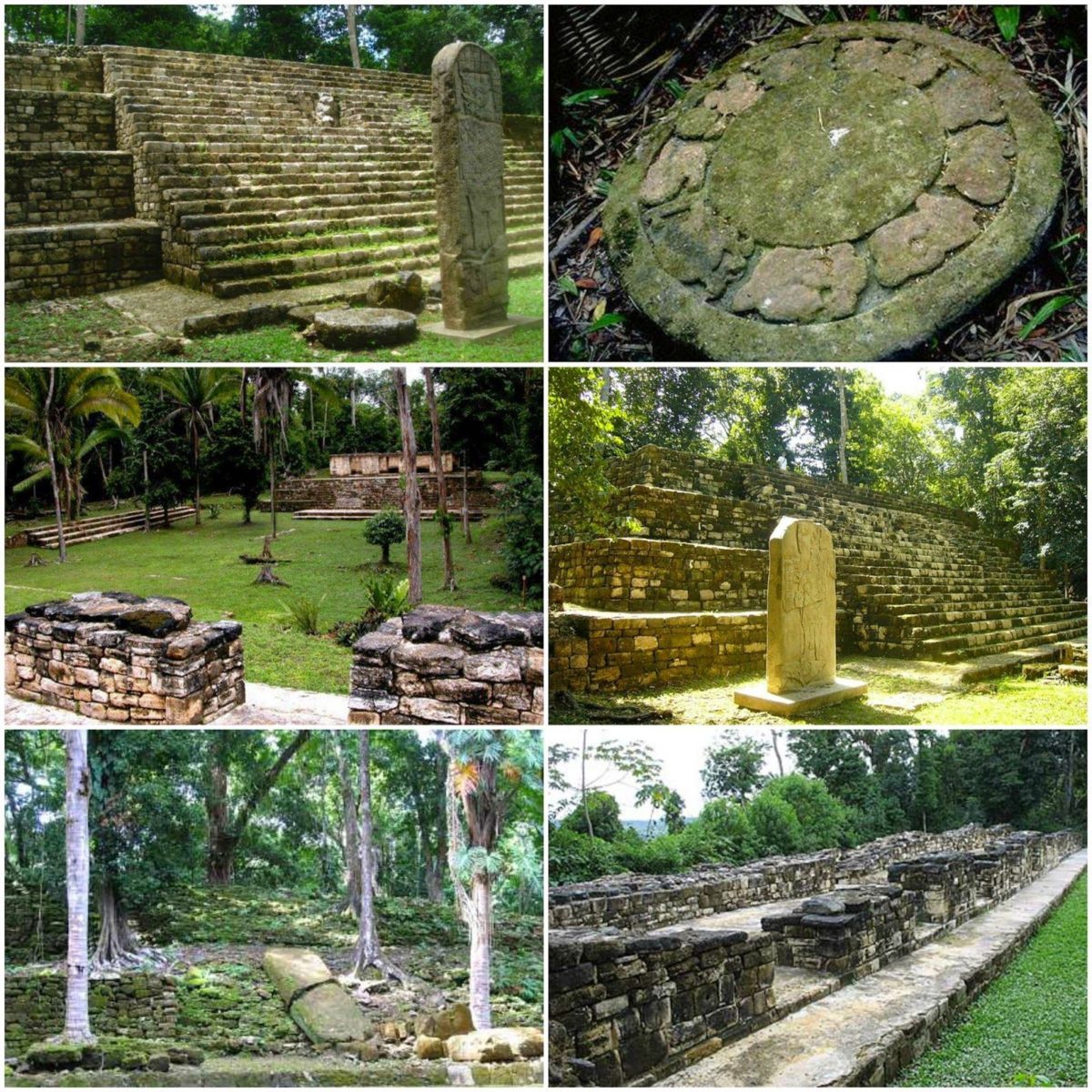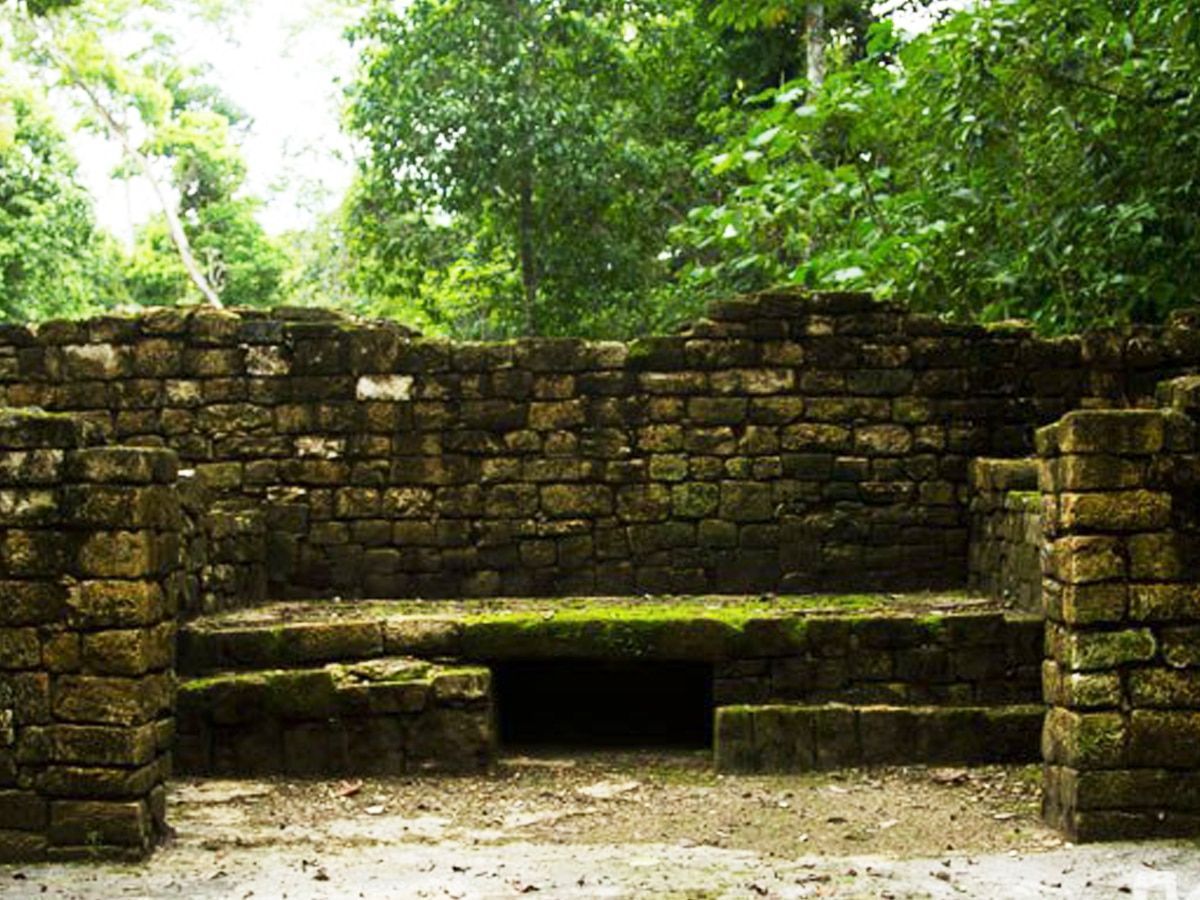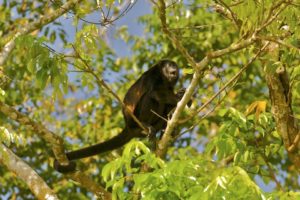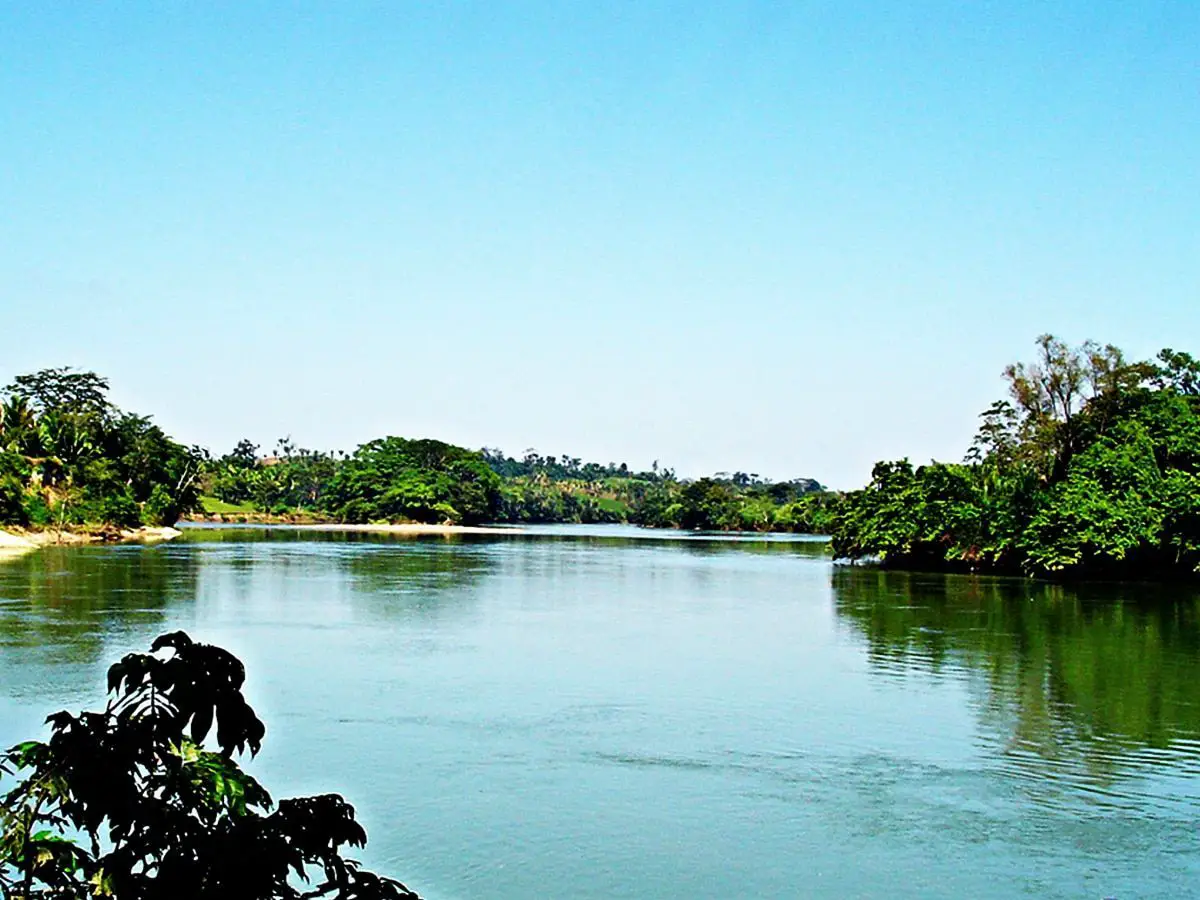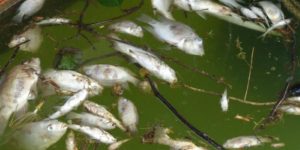In the lowlands of Guatemala you will find the La Pasión River, read our article to learn more about it and the spectacular things you can find there.
Indice De Contenido
Location of the La Pasión River
The Pasión River is a river in the lowlands of northern Guatemala. The river is fed by several upstream tributaries that originate in the hills of Alta Verapaz. These flow in a generally northerly direction to form the Pasión, which then heads west to join the Salinas River. This river has a meandering course similar to that of the Amazon.
At this confluence, the Usumacinta River is formed, which flows north to its final mouth in the Gulf of Mexico, and the main tributaries of the Pasión River are the San Juan River, the Machaquila River and the Cancuén River.
The Pasión River and its tributaries cover nearly 2,000 square miles in Guatemala, forming a diverse ecological zone and an important source of transportation. Many visitors to Guatemala use the river to access the many Mayan archaeological sites that lie along it.
The river rises in the Sierra de Santa Cruz and flows through the western part of the Petén region. Its waters and heavy rains have created several dense swamp and jungle habitats that are home to animals such as crocodiles, iguanas, howler monkeys and several hundred endemic species of birds and fish.
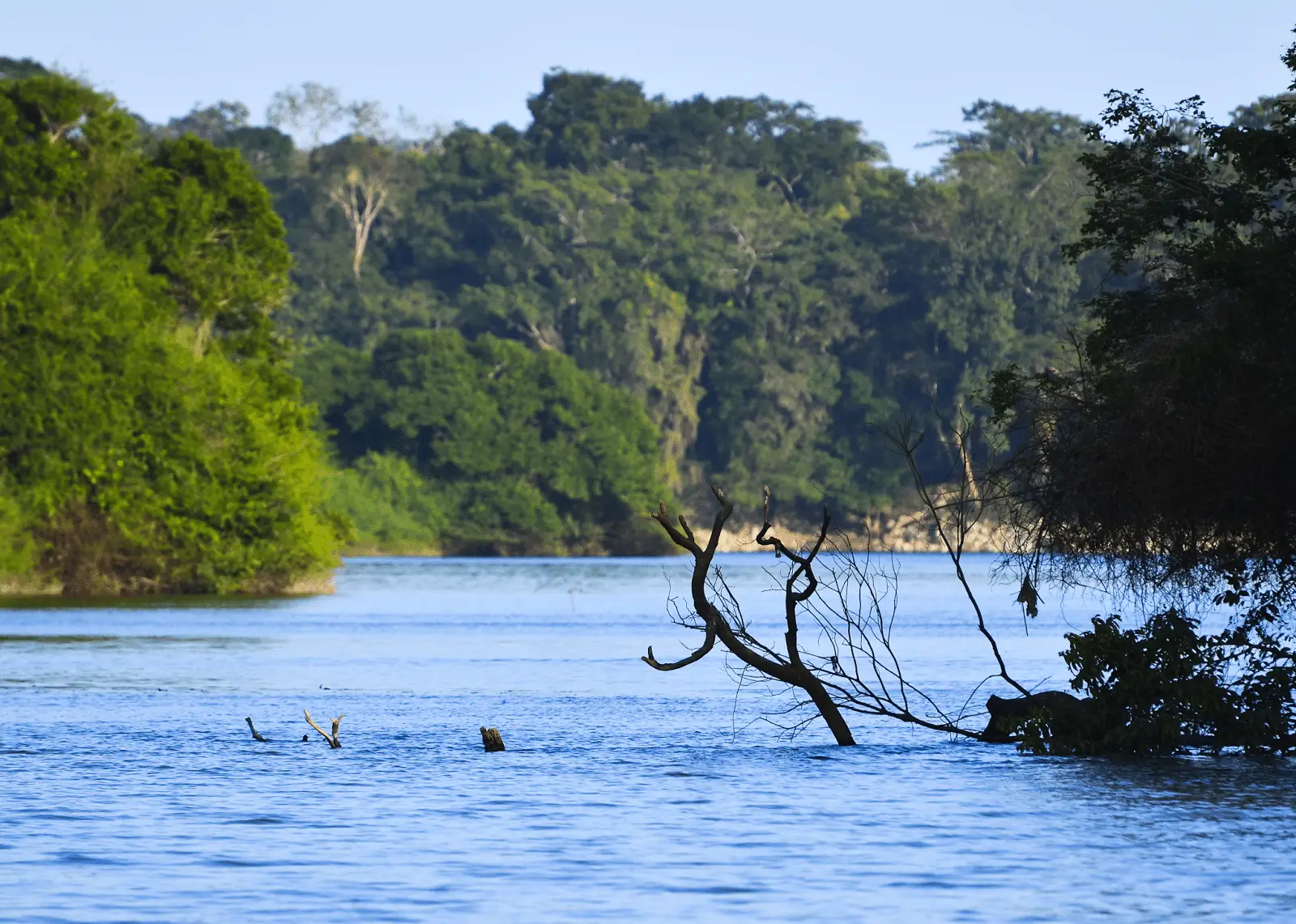
There are also many native medicinal plants. Dozens of small villages have been built along the banks of the river, where many local farmers and fishermen live.
The river follows the ancient trade route used by the Maya. Mayan ceremonial and urban centres in the region include Dos Pilas, Aguateca, Ceibal, Tamarindito, Altar de Sacrificios and Machaquila.
The riparian drainage system of the Pasión and its tributaries covers an area of over 5,000 square kilometres (1,900 square miles) and forms a watershed for a substantial part of the present-day Guatemalan department of the western half of the Petén. It is not as long as the Rio Lempa, but it is a much visited river.
See the scenery that can be seen on the La Pasión River by boat:
History of the La Pasión River
The Pasión river basin has been recognised as an archaeological region or zone and contains a number of archaeological sites belonging to the pre-Columbian Maya civilisation, which to some extent share common features in terms of Maya architectural style, political history and glyphic conventions.
Maya ceremonial and urban centres in the region include Dos Pilas, Tamarindito, Altar de Sacrificios, Aguateca, Seibal and Machaquila.
Petexbatun was home to Aquateca and its nearby sister city Dos Pilas, which reigned as the twin capitals of the region in the late 600s and early 700s, and Tamarindito.
Geographically, Punta de Chimino was a peninsula jutting out into Lake Petexbatun, but after the Maya dug out some 50,000 cubic metres of rock to create a series of three moats, it became an artificially fortified island.
This waterway was an important trade route for the ancient Maya, who built important and powerful cities throughout the river basin.
Luxuries from the resource-rich highlands, such as jade, quetzal feathers, shells and obsidian, and necessities such as salt and pottery made their way downriver, along with pepper, cacao, vanilla and other foodstuffs from the lowlands.
Here, instead of building huge temple pyramids, the Maya built their cities on the massive limestone plateaus.
Along this ancient highway flourished Cancuen, an important trading centre near the headwaters of the Río la Pasión, and Ceibal, an important ceremonial centre. Altar de Sacrificios owed its importance to its location at the confluence of the Río la Pasión and the Río Salinas, which made it an important trading centre.
Here is a video of the Aguateca archaeological site:
https://www.youtube.com/watch?v=dHZTNdZYKSc
Flora and fauna of the river La Pasión
The heavy rains in this area nourish a dense tropical forest. The reed canopy covers many parts of the river banks. Mighty ceibas and giant mahogany trees tower above the lush vegetation.
The yellow flowers of the palo blanco and the orange blossoms of the poppy provide a splash of colour against a backdrop of multi-hued greens.
Even Lake Pucte is home to a secret underwater garden where, many metres below the surface, water lilies bloom as if breathing humid jungle air instead of water.
The region’s myriad inhabitants include howler monkeys, turtles, a variety of lizards and Morlet crocodiles. The rivers are teeming with fish, including white fish, snook, perch, sea bass and a seasonal influx of shad.
Also to be found: storks, snowy egrets, great egrets, also known as herons, blue herons, green herons, black-crowned night herons, belted kingfishers, green kingfishers, ringed kingfishers, pelicans, flamingos, hawks, peregrine falcons, cormorants.
Birds, singly or in huge flocks, take flight to walk alongside boats or hunt the jungle canopy and rich waters. Guatemala’s Río Dulce is also home to a wide variety of wildlife.
The few visitors who come here are greeted with shy smiles and friendly waves from the locals, most of whom are of Mayan descent.
Many have migrated here over the past four decades in search of land or to escape the brutal 36-year civil war that decimated their people.
Pollution of the La Pasión river
On 6 June 2015, residents living near the La Pasión river reported finding a large number of dead fish floating in the river.
On 11 June 2015, Guatemalan authorities inspected the palm oil extraction company ‘Reforestadora de Palmas de Petén, SA’ (REPSA) in Sayaxché and found traces of malation, a powerful insecticide, in the company’s tributaries leading to the La Pasión River.
Tranquilino Xojalaj, REPSA’s administrator, said that heavy rains caused treatment wells to overflow into the river, but the company denies any involvement in the disaster, saying it does not use malathion as a pesticide.
As of 15 June 2015, the contamination has spread more than 105 kilometres (65 miles) downstream, affecting more than 5,600 families (about 30,000 people) in 16 communities along the river. These communities rely on the river for drinking water and fishing.
The contamination threatens to spread to the Usumacinta River, which flows into Mexico and may continue to rivers in Tabasco. Another polluted river in Guatemala is the Motagua River.
Finally, we leave you with this video, in which you can see the extent of the damage caused to the La Pasión river in 2015:

